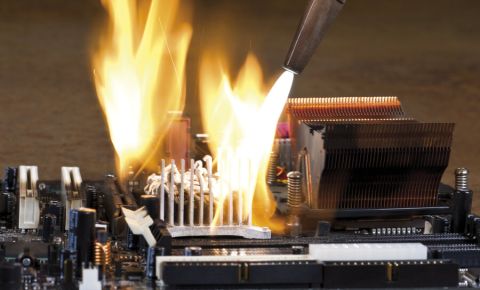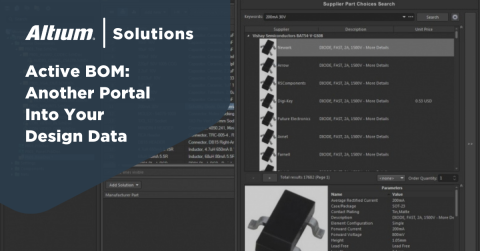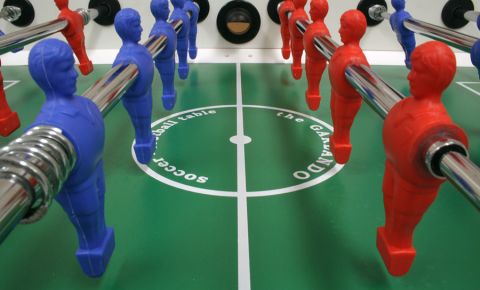Create a BOM That Works for Everyone
For me, socks have always been about utility: they keep my feet from getting blisters. Yet for years I have spent far too much time sorting and organizing my socks to match up the colors. Browns with browns, blues with blues, and yellows with… well, to tell the truth, I would just throw those away. Yellow socks were just too weird for me. Then one day I decided to simplify my life and I replaced all my colored socks with plain black socks. Sorting my laundry is now a breeze.
Reducing the number of things you need to pay attention to sounds like a pretty basic organizing principle. Yet in the PCB design world, we have spent years trying to manage different versions of a PCB bill of materials (BOM) like how I managed my socks. Design engineering would work with one version, which would be used to create a different version for purchasing, and then yet another version would be created for manufacturing.
These multiple versions of the BOM would be formatted and distributed separately from each other and it was not at all unusual to have errors and mismatched data between them. Today there is a far better solution: to manage a single online BOM for everyone, reducing the chances for mismatched data and other manual editing errors. Using PCB design software that can manage BOM data can create an active BOM that will satisfy the needs of all parties at once.
Create a BOM That Works for Design
When a design engineer decides on a component for the design, that part must be available in the design tools. This means that the CAD models of the schematic symbol and PCB footprint for that part are either already available, or they can be created in the design tools. In either case, exact part information from the BOM will aid design engineering in creating these models the CAD library.
Once the CAD library is completed, the components can then be used in the schematic. By having the active BOM available to design engineers, the required components can be selected from the BOM for instantiation on the schematic. Once the schematic is synchronized with the layout, specific parts can be listed by their part numbers from the BOM for board placement. Later on, the BOM can be used for highlighting specific parts during a design review.
Create a BOM That Works for Purchasing and Manufacturing
In the past, purchasing would receive a copy of the PCB BOM from design that they would then update with part information from their systems. Now with the part data sources available in the PCB BOM from design, the part information is already up-to-date. This will help purchasing to be synchronized with design so that the correct and current versions of the parts used in the design will be ordered.
Engineers will have immediate access to same part details such as availability, cost, and quantities to help with their part selections with their updated BOM information. Manufacturing will also have access to the same part information from the PCB BOM this way, allowing them to synchronize part orders with purchasing to control part inventories. It will also allow them to provide correct parts to the assembly line in order to prevent manufacturing delays.
The Secret to Creating a BOM that Works for All
The key to creating a PCB BOM that works for all departments is to manage the bill of materials information as an active part of the design process. In the past, a BOM would be generated by the design tools as a simple text report. This would require that the BOM report is updated every time there was a change in the design. Often small changes or additions would be handled through manual edits which sometimes threw the BOM report out of sync.
With the PCB BOM managed as part of the design process, the BOM is continually updated with any design change; a reference designator that is changed in layout will also be changed in the BOM. In addition to selecting parts in the schematic or layout, components can also be selected in the BOM. This allows the designer to cross-probe into the schematic or the layout from the BOM.
Working from the BOM as an active part of the design is an enhancement that is long overdue. Not only will your design teams benefit from the advantages that a BOM management tool will give you, but the other departments of your company will benefit from working with the same BOM information that you are.
With the benefits of an advanced BOM management tool, PCB design software like Altium Designer, will be sure to keep your designs organized and effective. Altium’s ActiveBOM tool is more than a simple document generator, it is part of the entire unified design platform that will give you greater control over your design.
If you’re interested in learning more about how using a smart BOM built into your PCB design software can save you time and money, try talking to an expert at Altium.










